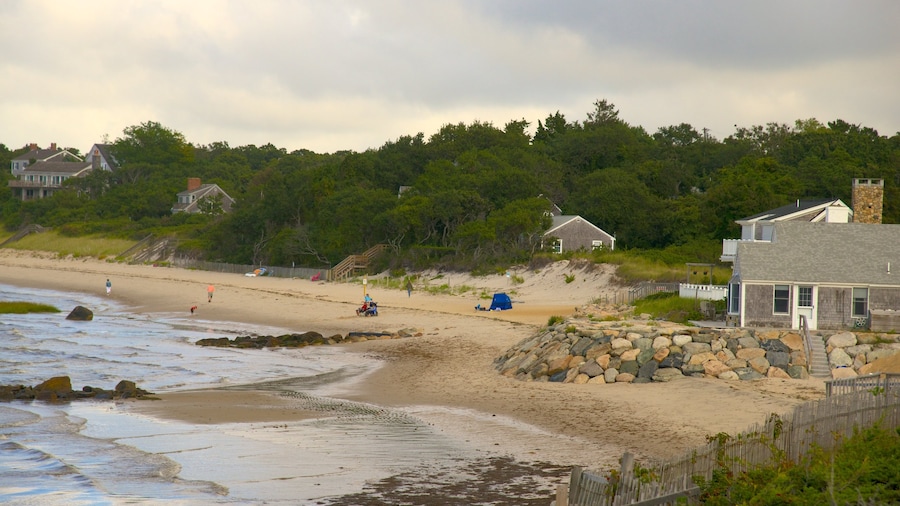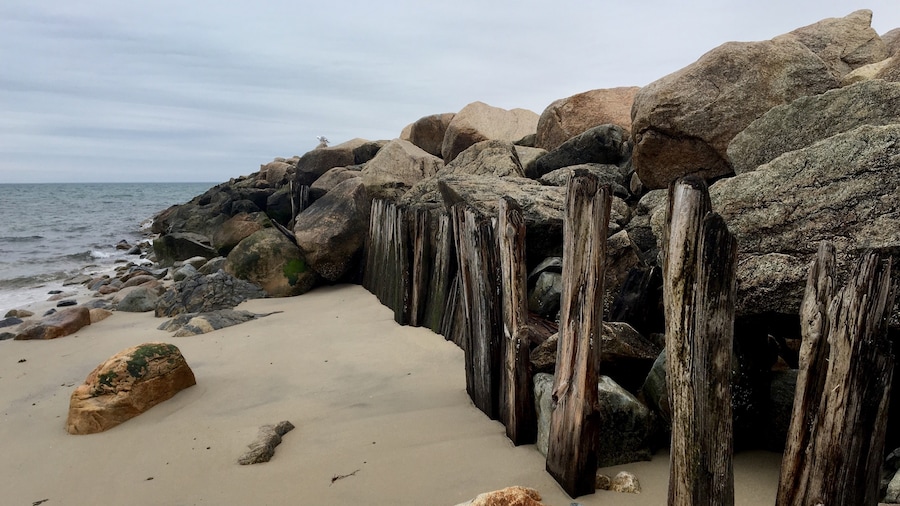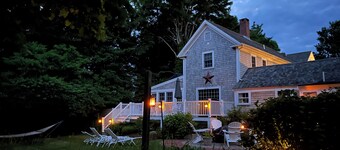When the beauty and natural richness of Cape Cod’s landscape leave you craving to know more, enjoy a tour through the halls of this museum and education centre.
Whether you’ve never been to Cape Cod before or are returning for an annual beach holiday, visit the Cape Cod Museum of Natural History to learn about the natural environment that makes Cape Cod unique. The marshy wetlands in this area are known for having diverse wildlife, much of which you can see on the site. View eggs and mounted specimens of local birds, witness the live production of honey from behind a glass case and learn about the changing features of the Cape Cod landscape and how it affects marine life.
The Cape Cod Museum of Natural History is filled with exhibits, viewing rooms and a changing selection of educational offerings. Known especially for its bird collection, the museum is a great place to view taxidermy samples of many animals. Walk through the Eldridge Arnold “Wing,” which houses lifelike woodcarvings of various local birds in natural habitats. Impressively, many of these sculptures are difficult to distinguish from real birds.
While you’re here, visit the aquarium housed at the museum. Stand inches from blue crayfish and eels sharing space with terrapin and living starfish. Learn about how marine life contributes to the special combination of factors responsible for a marsh ecosystem.
Although there is an admission fee to the museum, many visitors to the Cape Cod Museum of Natural History come here for the free trails that extend out to the beach. These walks are beautiful, peaceful and a simple way to experience the joys of the landscape. Follow your nose toward the smell of the ocean spray. Daydream while you linger along winding paths surrounded by thick vegetation.
To get here, drive east from central Brewster 2 miles (3 kilometres) or west 2.5 miles (4 kilometres) from East Dennis. Several channels flow from the ocean past the Cape Cod Museum of Natural History. Rent a kayak to reach the museum and to explore around it. Bring lunch and set up a picnic along the white sands of a Cape Cod beach.
















